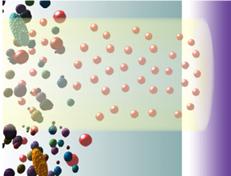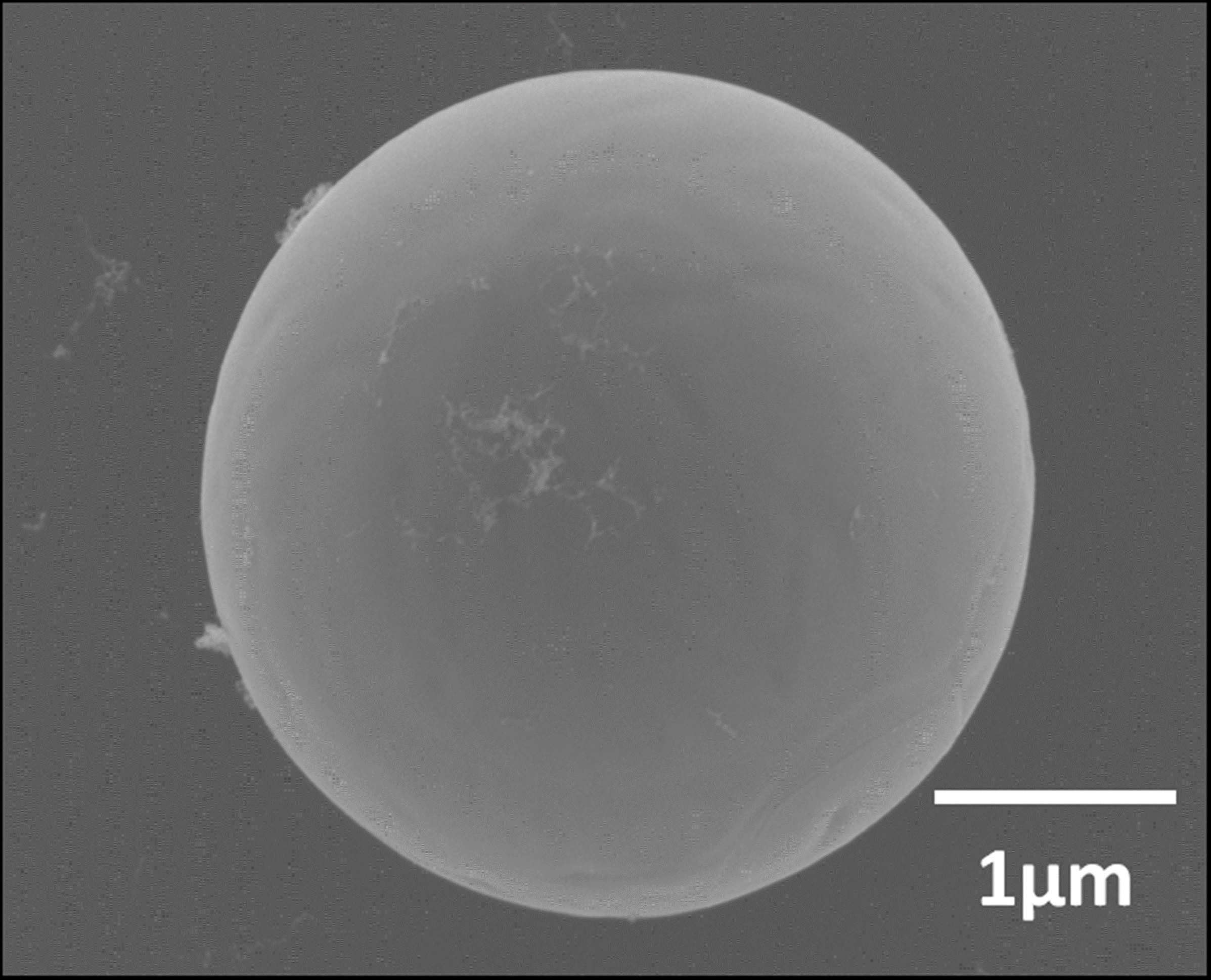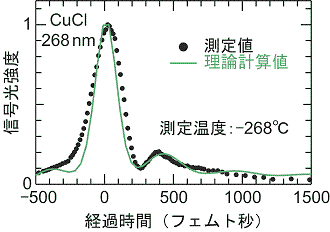Research
Current research targets include
- Optical control and manipulation of material motions/properties
- Advanced photonics
- Correlations in condensed-matter systems revealed by spectroscopic techniques
Optical control and manipulation of material motions/properties
Light is a strong tool not only for probing the material properties but also for controlling the motions and phase of the matters.
Optical manipulation and trapping

Light has momentum (similar to the object in motion). We can control the motion of the target object by transferring this momentum. For exampe, we demonstrated the optical manipulation of quantum dots (nanometer sized semiconductor particles).
Quantum dots have discrete energy structures owing to the quantum confinement effect. We demonstrated the size selective manipulation of quantum dots through the resonant light absorption.
[1] Phys. Stat. Sol. (c) 6, 217 (2009).
[2] Optics Lett. 40, (6) 906-909 (2015).
Change of material properties driven by intense picosecond pulsed electric field
The typical atomic electric field strength is around 1 MV/cm in the condensed matter systems. Therefore, the external electric field with the similar magnitude would change the material properties drastically. Continuously applied large electric field, however, generates high heat and results in the unwanted thermal disturbance. Since this energy dissipation process generally occurs on the time scale of picoseconds, an intense picosecond pulsed electric field is capable of the non-equilibrium control of the material properties.
Advanced photonics
Technology development and basic scientific research are closely connected. New technology opens up new possibilities to expand scientific knowledge, while fundamental research results in technological innovations. Here are a several examples of our recent results on photonics.
Fabrication of semiconductor microspheres via laser ablation

We demonstrated the fabrication of a semiconductor single crystal microsphere with high sphericity. Normally, a single crystal semiconductor tend to have a shape reflecting their crystal symmetry, such as cubic or hexagonal shape. Therefore, it is remarkable to have a micrometer-sized sphere maintaining the crystalline.
A microsphere with high crystallinity and symmetric shape has unprecedented properties. For example, the microsphere simultaneously serves as an optical cavity and a gain medium resulting in an efficient micro laser. The fabrication is based on the laser ablation process in superfluid helium, where the viscosity is extremely low (This is a collaborational work with Assoc. Prof. Ichikawa in Institute for Nanoscience Design, Assoc. Prof. Iida and Prof. Ishihara in Osaka Prefecture University).
[1] Proc. of SPIE, 8263 82630K1-7 (2012).
[2] Sci. Rep. 4, 5186 (2014)
Terahertz photonics/optics
Our motivation is to develop ultra-broadband/high intensity/highly efficient Terahertz light source with flexible pulse shapes. Terahertz light science is an emerging field and there are a increasing number of Terahertz light applications for fundamental research and commercial uses. For example, Terahertz light can penetrate into opaque envelopes, plastic boxes, and cloth bags, and the biological damage is thought to be much less than X-ray. Therefore, Terahertz light is utilized in the airport security check.
We focus on the aspect of the Terahertz technology development and its application for materials physics. We achieved a coherent Terahertz light source spanning from 1 to 150 THz. We are also developing the Terahertz optical elements which can control the shape and the polarization of the Terahertz light.
[1] J. Opt. Soc. Am. B, 30, 1627-1630 (2013).
[2] Optics Express 20, 6509 (2012).
Correlations in condensed-matter systems revealed by spectroscopic techniques
Light is a powerful tool to probe and trigger the fascinating phenomena in the condensed matter systems.
Interplay between photons and excitons

In nanometer-scaled materials, the wave function of an exciton (a quasi-particle, a bound state of an electron and a hole )is confined and the energy level structure become discrete (quantum confinement effect). Our group observed this effect on the much larger scale, a sub-micron semiconductor film with high quality.
When the incident light wave and the exciton wave function can precisely overlap over the entire length of the film, the light-matter interaction is extremely enhanced. As a result, we demonstrated the ultrafast and ultra-efficient optical response as fast as 100 fs.
[1] Phys. Rev. Lett. 103, 257401 (2009).
[2] Phys. Rev. B, 86, 235449 (2012).
Strongly correlated electron systems
Strongly correlated electron systems show unexpected intriguing material properties including high-temperature superconductivities. As several degrees of freedom, charge, spin, and lattice, affect each other, the each characteristic energy scale ranges from meV to eV. Therefore, the tool to probe the systems must also have a wide energy scale.
Our ultra-broadband terahertz light source is a strong candidate capable of simultaneously monitoring the entire system involving many degrees of freedom with the different energy scales.
[1] Appl. Phys. Lett. 105, 023502 (2014).